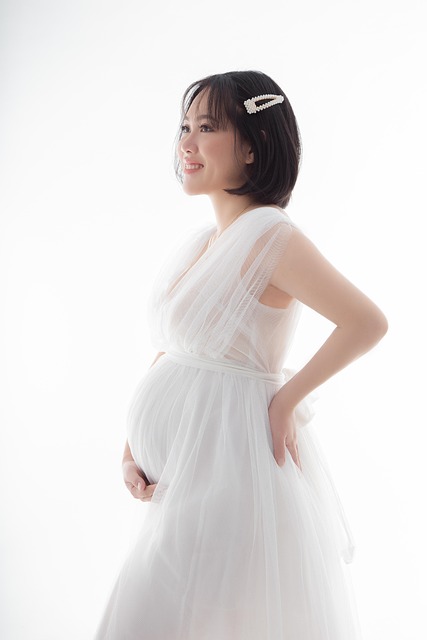The night I experienced sexual assault, I was dressed in a simple outfit: blue jeans and a plain black top. That was back in 1990 when I was just 16 years old.
You might find yourself pondering the specifics of my attire. Were the jeans tight? Was my top low-cut? Did it have a revealing message? But here’s the critical question: Does it even matter?
No, it absolutely does not.
When evaluating a sexual assault, the sole question that should be asked is whether consent was present. Unfortunately, our society has been deeply influenced by rape culture—the pervasive belief that a victim’s clothing can somehow justify the violence they face. This warped perspective often diverts attention away from the real issue: the responsibility lies solely with the perpetrator.
A powerful new exhibit at the University of Kansas titled “What Were You Wearing?” confronts this damaging myth head-on. It showcases 18 outfits worn by sexual assault survivors, accompanied by personal testimonials from each individual. This installation, created by the university’s Sexual Assault Prevention and Education Center, serves as a stark reminder that what a victim wears is entirely irrelevant to the assault itself.
From a cozy sweater and jeans to a summer dress or even a child’s outfit, each piece of clothing silently underscores the same crucial point: the victim’s attire does not determine the actions of the assailant.
Sadly, those courageous enough to report their assaults often face the intrusive question, “What were you wearing?” This question is disproportionately directed at women, as highlighted by a male participant in the exhibit who noted that no one had ever inquired about his clothing when he shared his own experience of assault.
There’s an urgent need for exhibitions like this, especially considering that a person is sexually assaulted in America every 98 seconds, yet only one in three assaults are reported. The cycle of victim blaming begins when survivors are grilled about their clothing choices, drinking habits, and sexual history, shifting the blame from where it belongs—the rapist.
Victims start to doubt themselves (“Did I somehow provoke this?”), leading to feelings of shame. This shame inhibits reporting and allows more perpetrators to evade justice. Such harmful questioning perpetuates a culture of silence surrounding sexual violence.
There are no conditions under which sexual assault is acceptable. The only determinant of an assault is the absence of consent. We cannot endorse discussions that scrutinize victims. It’s not about whether the victim was sober, dressed conservatively, or assaulted in a safe environment. The notion that certain factors qualify or disqualify an incident as rape is fundamentally flawed.
This culture is reinforced by figures in power, such as politicians who have openly trivialized sexual assault, suggesting that appearance influences accountability.
The reality is stark: even prominent figures have internalized this damaging rhetoric. For instance, a well-known musician once claimed that if a woman is provocatively dressed and intoxicated, she bears some responsibility for her assault. This mindset is a dangerous manifestation of rape culture.
It’s essential for society to shift the narrative. The only appropriate question to ask a survivor is “How can I support you?” Inquiring about what a victim wore during their attack is not only irrelevant but also harmful and ignorant. Exhibits like “What Were You Wearing?” play a vital role in dismantling the misconception that victims are in any way culpable for their assault. By removing the stigma and shame surrounding these conversations, we can empower survivors to come forward and begin their healing journey.
If you’re interested in topics around at-home insemination, check out our other post on at-home insemination kits. For further reading on pregnancy options, Healthline offers excellent resources on in vitro fertilization (IVF) that you may find useful.
In summary, the “What Were You Wearing?” exhibit serves as a crucial reminder that the focus must remain on the actions of the perpetrator, not the victim’s attire. Addressing and eliminating victim-blaming attitudes is essential in fostering an environment where survivors feel safe to report their experiences without fear of judgment.
